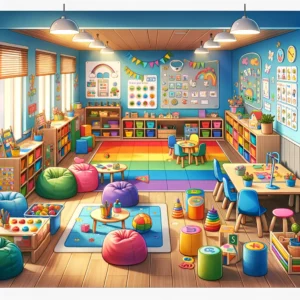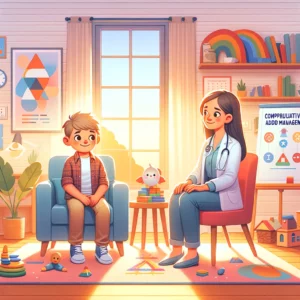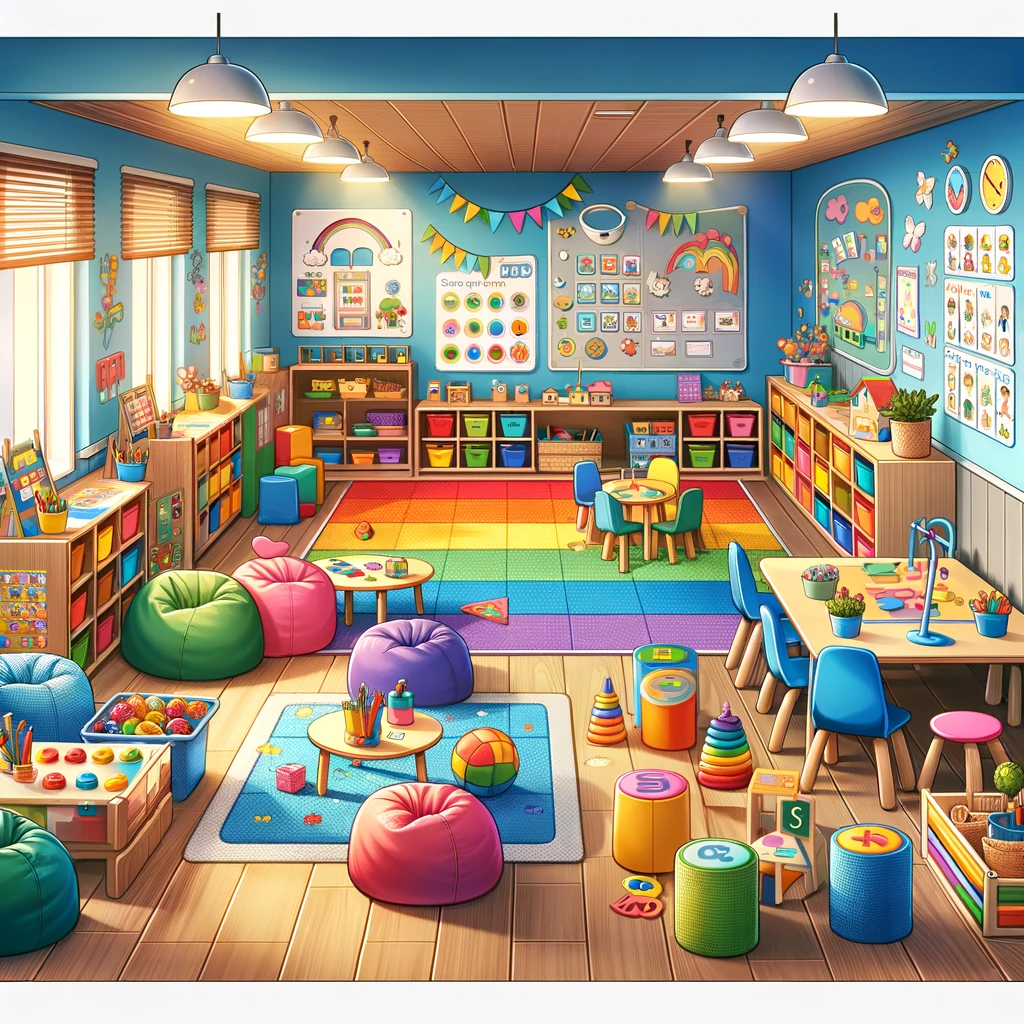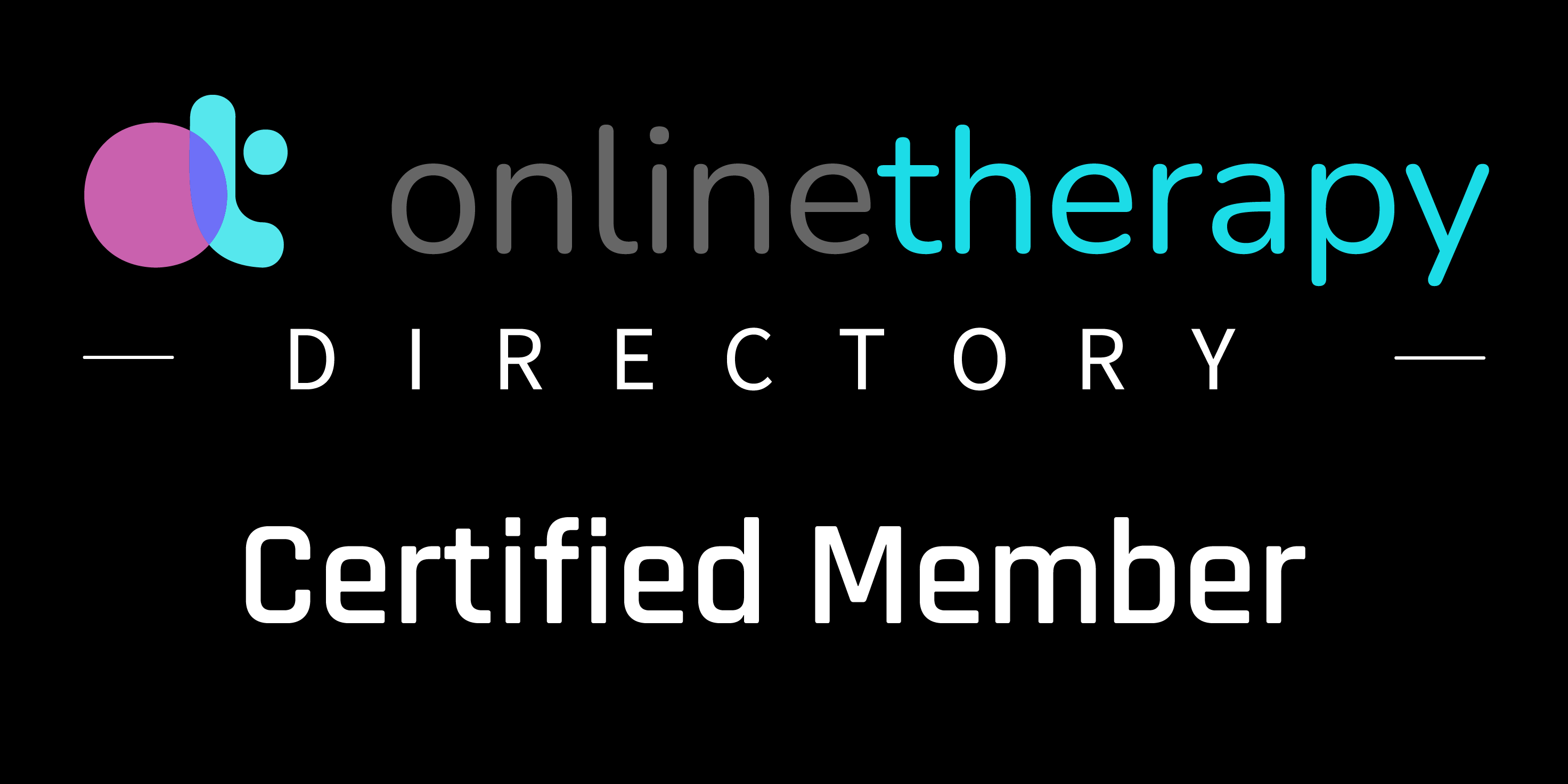Teaching children how to read is one of the first stages of education. Children generally learn at different rates, and many individuals may experience difficulties reading even when they practice regularly. If your child struggles with reading and spelling more than other children their age, despite consistent practice, they may have a learning disorder.
Dyslexia is a specific learning disorder (SLD) characterized by persistent difficulties with audio comprehension (known as decoding) and fluency and can be accompanied by problems comprehending words (known as encoding). It is a neurobiological condition that affects the language processing center of the brain. Dyslexia is not a reflection of intelligence and is not linked to vision problems.
Dyslexia makes it harder to identify written letters and their relationship with spoken sounds, which causes slow reading and poor accuracy. The ability to link spoken sounds with written letter symbols is essential for reading, writing and spelling. Learning to read and write is a process that is slow because written letters have no direct and obvious association with their sounds.
Dyslexia is estimated to affect roughly one in 10 individuals. Despite its purported effects on prognosis, the disorder has no cure. It has lifetime effects, although an early diagnosis can help children read alongside their peers.
It may be difficult for children suffering from Dyslexia to exhibit the stated indications, therefore the condition can go undiagnosed. Children and adolescents with dyslexia might have some (or any of the following) indicators.
Dyslexia signs in toddlers
It is not uncommon for school-aged children to display basic indicators of dyslexia before entering formal teaching focused on improving their reading and spelling skills. It can be daunting to diagnose such disorders in early life, but some early signs may suggest the likelihood of appropriate remedial instruction developing reading and spelling skills becoming insufficient.
- Learning new vocabulary slowly.
- Children are often late to start talking and describing.
- Problems with speech, especially the pronunciation of unfamiliar words (using baby talk often)
- Hardship with writing and recognizing the letters in their own name.
- Reading and/or spelling difficulties might be apparent in relatives.
Dyslexia signs in Pre-K to grade 2
When children start to learn the underlying skills of reading and spelling, difficulties and delays might suddenly come to the forefront. Some signs include:
- Difficulty or inability to sound out short frequently used words like ‘cat’, ‘ham’, ‘pan’.
- Stumbling over learning new vocabulary.
- Connecting sounds for other letters, for example, ‘p’ and ‘b’ sounds are mixed up.
- Children sometimes do not hear the differences between similar sounds.
- Often children cannot find incorrect spelling in their own texts.
- Reading sometimes takes considerably more time compared to peers.
- Children are often resistant to reading and might try to avoid reading skills.
Signs in older children at school
Children in higher grades might have some or all of the above difficulties, but in addition, can also struggle with the following concepts:
- Difficulty reading and spelling correctly and consistently.
- Behaviour difficulties as a result of defiance towards reading and writing tasks.
- Limited or reduced vocabulary, especially when the vocabulary is used in different subjects (for example science or math).
- Some children might also become withdrawn, have performance anxiety or low mood, or general self-esteem difficulties.
Consider this…
It is important though to consider that many of the above symptoms also exist in the regular learning process. Not all children with the above signs have a learning disorder.














